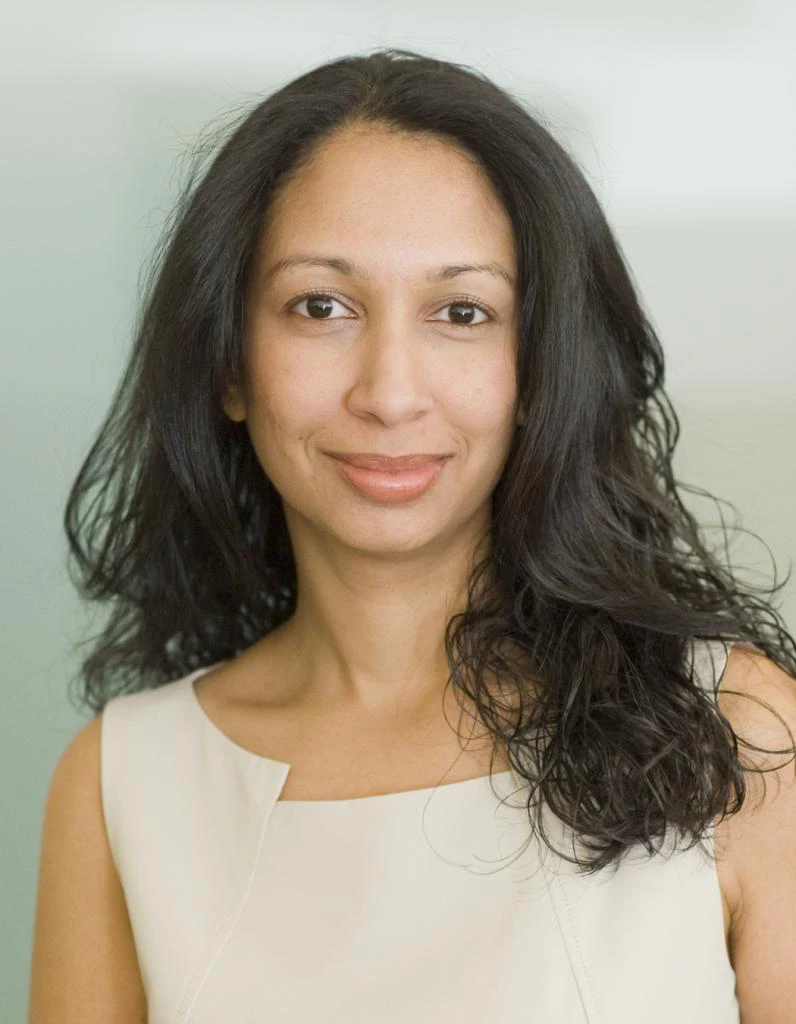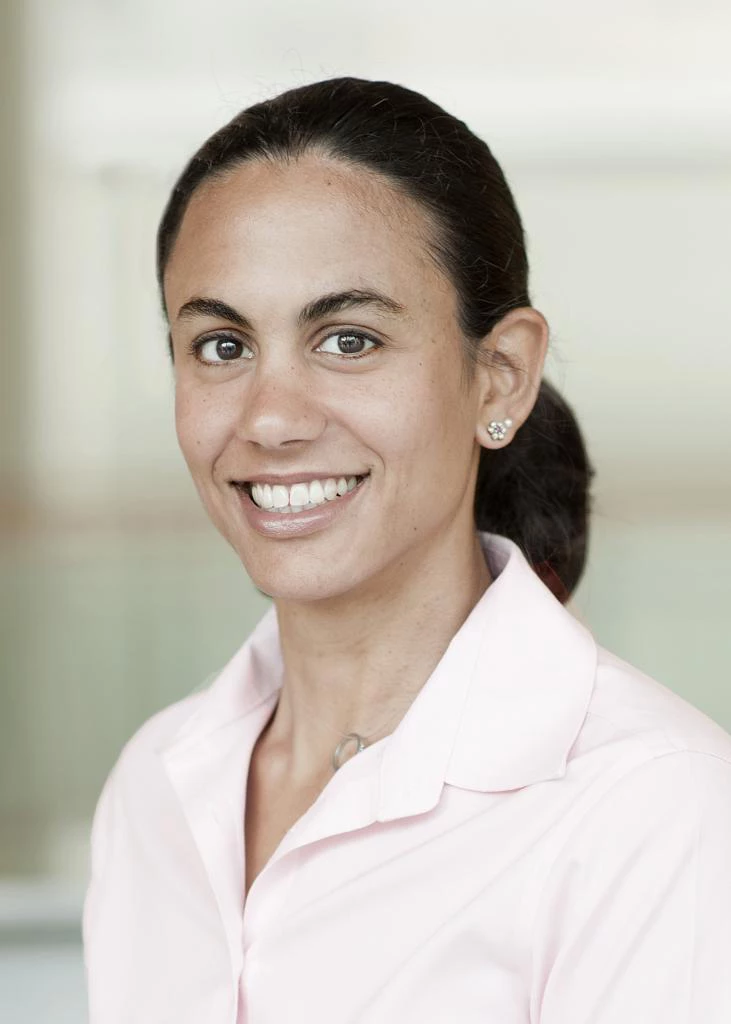Imagine . . . .
Imagine a world where everyone could achieve his or her full economic potential.
Now look at the world around you. Half the population — women — are prevented from doing so simply because of their gender. Government policies limit women’s participation in the economy through gender-differentiated laws, unequal regulations and a business environment that does not adequately support the businesses women are concentrated in — smaller, informal and more likely to be home-based.
A recent study found that removing gender gaps in the labor market would increase GDP by 27 percent in the Middle East and North Africa, by 23 percent in South Asia, and by around 15 percent in the rest of the world. But where do these gender gaps come from, and how best to remove them? One way is to identify the policies, laws and institutions that constrain women and to work with governments to reform them.
The World Bank Group’s Women, Business and the Law dataset fills a vital data gap by pinpointing where laws and regulations treat men and women differently and by highlighting opportunities for reform.
For example, in Côte d’Ivoire, recent tax reforms now allow married women to claim the same tax deductions for their children and husbands, thereby reducing their overall tax burden. Previously, they could not do so, because they were barred from being the legal heads of household, causing them to pay higher taxes on the same amount of income as their spouses.
In the Philippines, restrictions on women working at night were recently removed. One impetus for the reform was very practical and was industry-driven. With night-work restrictions in place, it was against the law for women to work in call centers at night — blocking women from easily participating in a booming industry. Call center industry stakeholders pushed for the reform, and, under the new law, the rules on nighttime work focus on protecting the health and safety of all workers — male or female.
Policymakers are realizing that gender differences in the law affect women’s incentives and ability to work. And women are realizing that the business environment is not always structured to facilitate their entry into the workforce. But change is coming. And the Women, Business and the Law data are guiding the way.
Since 2009, Women, Business and the Law has captured where gender differentiated laws cut women out of the business environment. The data are changing the dialogue around what matters for women’s economic empowerment. Researchers and advocates, policymakers, and thought leaders are using the data to better understand the gender dimensions of economic growth.
The Inter-American Development Bank’s WEVenture Scope, and the Global Entrepreneurship and Development Institute’s Gender GEDI Index, have incorporated Women, Business and the Law data into measurements of the entrepreneurial environment for women. The Millennium Challenge Corporation (MCC) includes Women, Business and the Law indicators in its Gender in the Economy rating to track how countries promote women’s rights, and the MCC conditions its disbursements on progress.
The Asia Pacific Economic Cooperation (APEC) Forum’s Access to Capital Workshop used Women, Business and the Law to better understand how factors combine to create a web of barriers to women’s access to finance. Indicators on women’s property rights, credit bureaus and workplace discrimination provided insight into the gender credit gap. The World Bank’s own researchers have found that countries with more gender inequalities have lower rates of financial inclusion for women.
A recent peer-to-peer learning event in Togo saw ministers and policymakers from 11 African countries come to a deeper understanding of just how similar the obstacles faced were, with hopes of future cooperation to effect change. Governments from Haiti to Morocco to Cameroon have reached out to better understand how gender-differentiated laws affect women’s economic participation, and pilot programs are integrating reforms benefitting women into IFC’s advisory services.
In his recent Op Ed in the Washington Post, Jim Yong Kim, the President of the World Bank Group, wrote: “There is clear evidence that when societies enact laws that prevent productive people from fully participating in the workforce, economies suffer.” He went on to note that “eliminating discrimination is not only the right thing to do; it’s also critical to ensure that we have sustained, balanced and inclusive economic growth in all societies”.
Women, Business and the Law will continue to highlight gender differences in the law, and will deepen the research on the connections between the legal environment and women’s economic opportunities. Only when more informed, data-driven decisions are made can we better ensure that half the world’s population reach their full economic potential. Imagine what that world would look like.




Join the Conversation